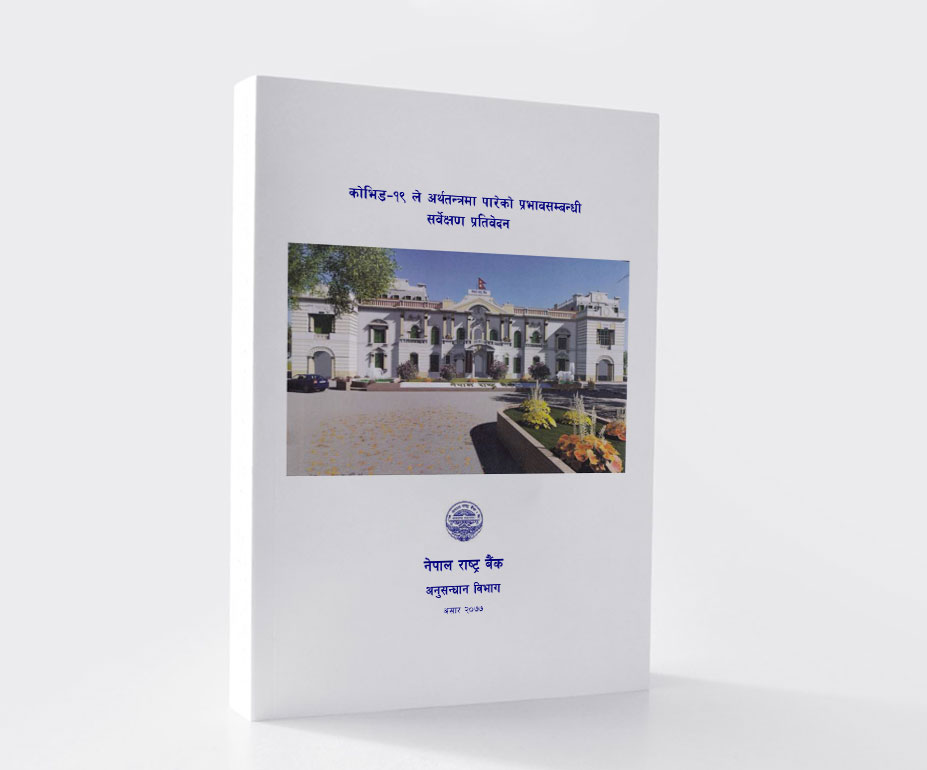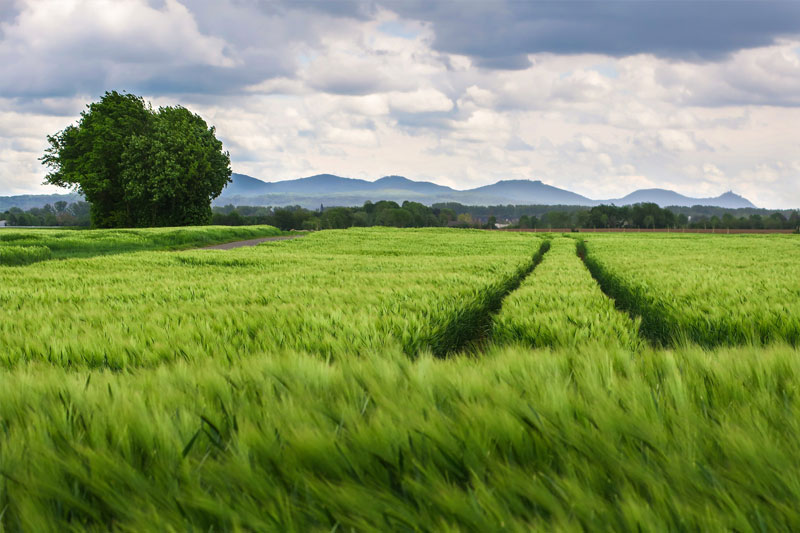Potentially dangerous glacial lakes in Nepal
Himalayan glaciers are vulnerable to the warming climate and have been melting and retreating at unprecedented rates since the mid-20th century, impacting flow regimes in major river basins. These changes lead to the formation of new glacial lakes as well as the expansion of existing glacial lakes, increasing the risk of glacial lake outburst floods (GLOFs).
Recorded information on GLOF events shows an increment in the frequency and magnitude of these disasters in recent decades. If current warming trends and unchecked developmental activities continue, the occurrence of GLOFs and other glacial hazards could escalate, adversely impacting water availability.
ICIMOD and UNDP Nepal have prepared a comprehensive inventory of glacial lakes and identified the potentially dangerous glacial lakes in major river basins of Nepal, including the upper reach of these basins from the Tibetan Autonomous Region of China.
According to the report historically, GLOFs have had catastrophic consequences in Nepal – directly and through cascading impacts (landslides, erosion, and sedimentation) – leading to the loss of lives and livestock and damaging infrastructure and transportation routes. Twenty-six GLOF events have been recorded in Nepal since 1977 and 11 of these have had transboundary impacts.
The study found 3624 glacial lakes located in the three basins, of which 2070 lakes are in Nepal, 1509 lakes in the Tibet Autonomous Region, China and 45 lakes in India. As many as 1410 lakes are larger than or equal to 0.02 km2 which are considered large enough to cause a glacial lake outburst flood (GLOF).
Study identified Forty-seven glacial lakes as potentially dangerous glacial lakes (PDGLs) based on the following criteria: (i) characteristics of the lakes and their dams; (ii) the activity of the source glacier; and (iii) morphology of the surroundings.
According to ICIMOD the number of glacial lakes in the Koshi basin has increased from 1,160 in 1977 to 2,168 in 2010; their total area has increased from 94.4 km2 to 127.6 km2 over this period. The number of lakes has increased by 86.9% and the total lake area by 35.1%. The number of glacial lakes in the Koshi basin decreased from 2,119 in 2000 to 2,087 in 2005 and to 2,064 in 2015. The number of glacial lakes has increased in the Gandaki basin, from 377 in 2000 to 405 in 2005, and 432 in 2015. The increase in the number of glacial lakes is indicative of the rapid melting of glaciers and formation of new lakes, particularly those dammed by glacier ice and moraines. The glacial lakes in the Karnali basin increased from 1,105 in 2000 to 1,204 in 2005 but decreased to 1,128 in 2015.
Out of 3,624 lakes mapped, 1,410 lakes are equal to or larger than 0.02 km2. This is considered large enough to cause damage downstream were the lake to rupture. This potential is heightened if the lakes are associated with a large and retreating glacier. Of the 1,410 lakes, 1,358 lakes were removed, based on the damming condition, the activity of the source glaciers, and their surroundings. The remaining 52 lakes were analysed further to identify potentially dangerous glacial lakes. Eventually, 47 glacial lakes were identified as potentially dangerous. These include 42 lakes in the Koshi, 3 in the Gandaki, and 2 in the Karnali basins. With respect to political boundaries, 25 PDGLs are in the territory of the TAR, China, 21 are located in Nepal, and one PDGL is in India.
According to the report the danger levels of the PDGLs are categorized into three ranks, with Rank I being the highest:
Rank I – Large lake and possibility of expansion due to the calving of glaciers; lake close to the loose moraine end; no overflow through the moraine; steep outlet slope; hanging source glacier; chances of snow and/or ice avalanches and landslides in the surroundings impacting the lake and dam.
Rank II – Confined lake outlet; lake outlet close to compact and old end-moraine; hanging lake; distinct seepage at the bottom of end-moraine dam; gentle outward slope of moraine.
Rank III – Confined Lake Outlet; gentle outward slope of the dam; large lake but shallow depth; moraine more than 200 m wide; old and compact moraine.
Based on this, of the 47 lakes reviewed, 31 lakes were classified as belonging to Rank I, 12 lakes as Rank II, and four lakes as Rank III.
In the past the GLOF resulted in an estimated economic loss of US$ 1.5 million, destroyed infrastructure including the Namche hydropower plant, and caused a few casualties. Before that, in 1977, a GLOF was recorded in Dudh Koshi, causing 2‒3 casualties. GLOFs can also have transboundary effects. The Zhangzangbo–cho (Ciremacho Lake) in the TAR, China, was breached in July 1981 and destroyed the Friendship Bridge on the China‒Nepal highway, and the intake dam of the Sun Koshi hydropower station, causing serious economic losses in Nepal. Damages were estimated US$ 3 million at the time.
GLOF events that have caused damage in Nepal
| S.No. | Date | River basin | Location |
|---|---|---|---|
| 1 | 1980-06-23 | Tamor | Nagma Pokhari |
| 2 | 1981-07-11 | Bhote Koshi | Cirenmacho Lake Zhangzangbo Valley |
| 3 | 1985-08-04 | Dudh Koshi | Dig Tsho |
| 4 | 1991-07-12 | Tama Koshi | Chubung |
| 5 | 1998-09-03 | Dudh Koshi | Sabai Tsho (Tam Pokhari) |
| 6 | 2003-08-15 | Madi | Kabache Lake |
| 7 | 2004-08-08 | Madi | Kabache Lake |
| 8 | 2016-07-05 | Bhote Koshi | TAR, China |
| 9 | 2017-04-20 | Barun Valley | Near Lower Barun |



